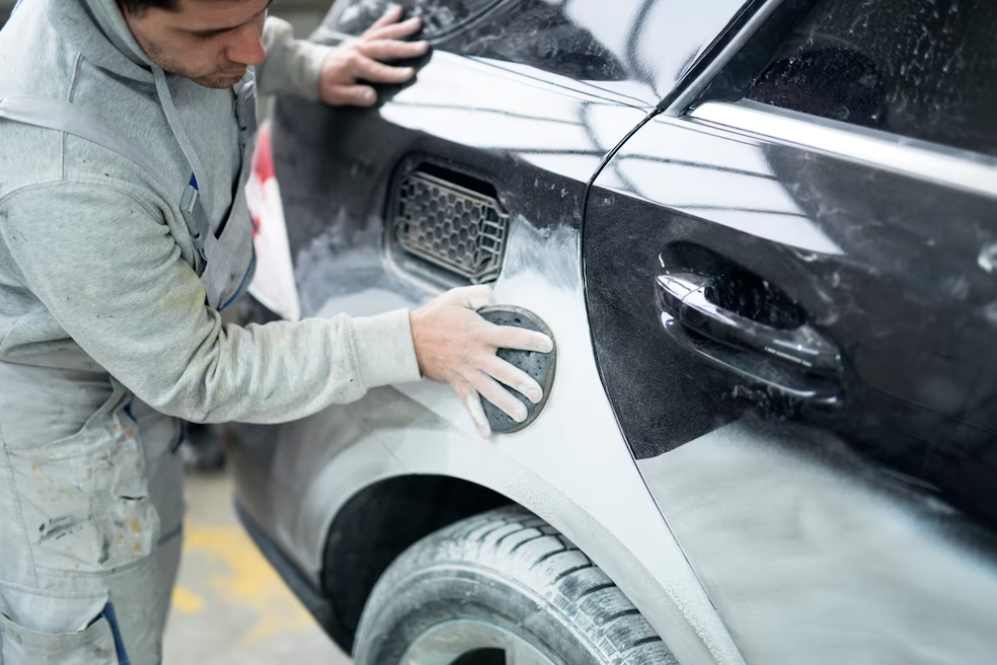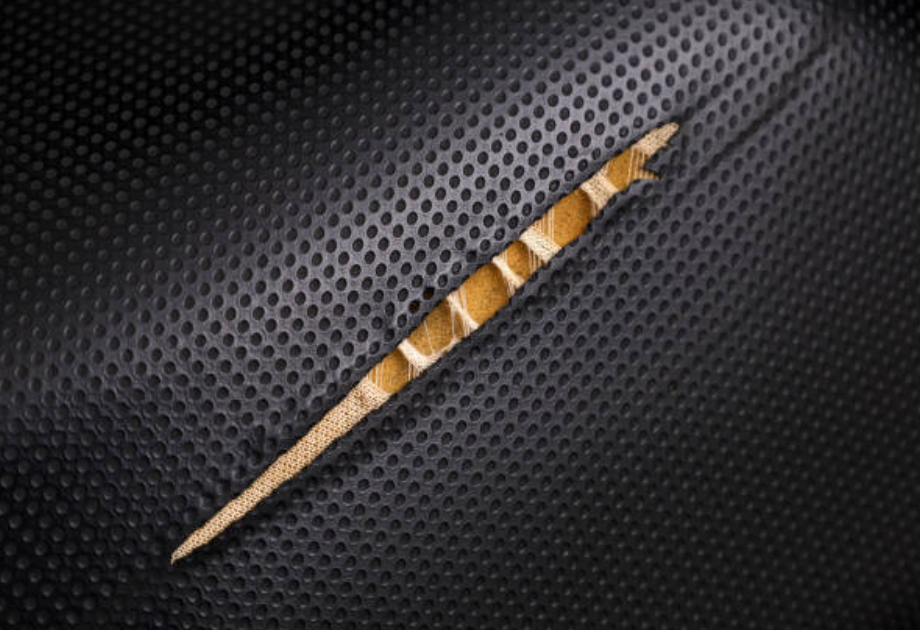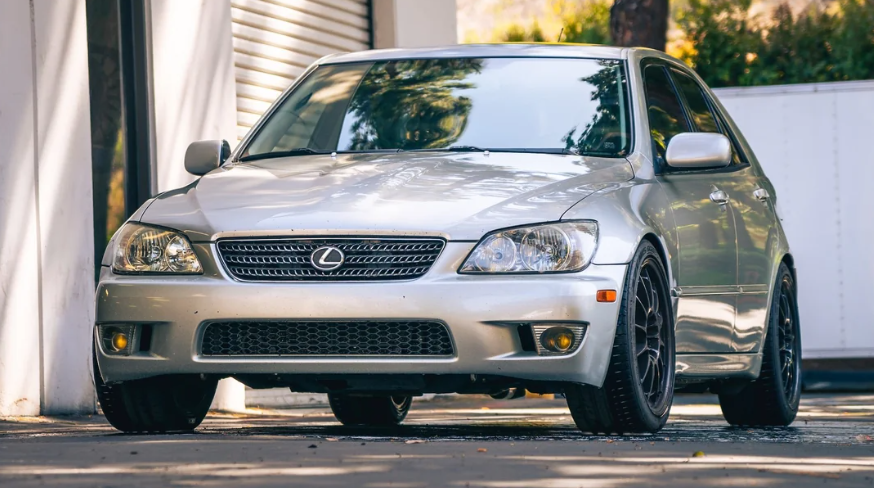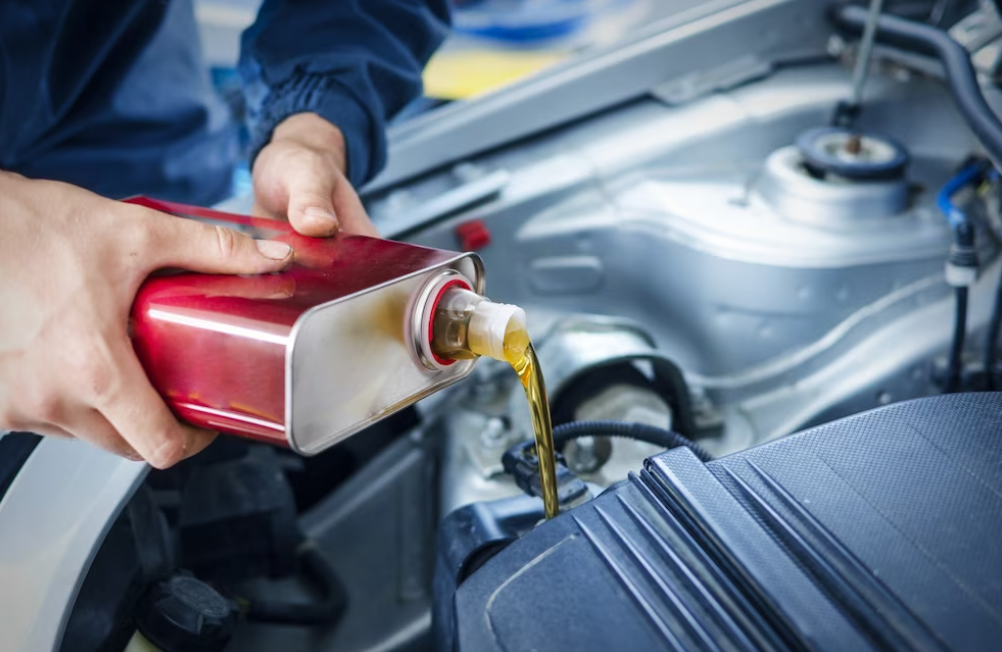Mastering the Art of Touching Up Car Paint
If you’re a car enthusiast, then you know there is nothing like having a vehicle that looks perfect. Not only can your prized possession stand out in the crowd, but taking care of it builds an attachment and sense of pride as well. But if you have minor scratches or dull spots on the paint job they can be discouraging! Instead of dreading the expense and hassle of repainting your car, why not learn to master the art of touching up? This blog post will provide helpful tips to get an even finish without breaking the bank.

What Materials Do You Need to Touch Up Car Paint?
Before you begin, assemble the following supplies:
- Automotive touch-up paint matched to your car's color code
- Clear coat (optional, for extra protection)
- Fine-grit sandpaper
- Primer (if needed)
- Painter's tape
- Clean microfiber cloths
- Wax and polish (for finishing touches)

Clean the Area: Clean the damaged area completely with water and mild vehicle soap. With a clean microfiber cloth, fully dry the surface after removing any dirt, wax, or debris from it.
Assess the Damage: Carefully inspect the scratches or chips to determine their depth and size. This assessment will help you decide if you need to apply primer before touching up the paint.
Sand the Area (if necessary): For scratches with raised edges, use fine-grit sandpaper to gently level the surface. Be cautious not to damage the surrounding paint. Wipe away any sanding residue with a clean microfiber cloth.
Apply Primer (if needed): If the scratches or chips expose bare metal, apply an automotive primer to ensure better paint adhesion. Follow the manufacturer's instructions and allow the primer to dry completely.
Shake the Touch-Up Paint: Vigorously shake the touch-up paint to ensure proper mixing. This helps achieve an accurate color match and consistent finish.
Test on a Scrap Surface: Before applying the paint directly to your car, practice on a scrap surface or an inconspicuous area to get a feel for the flow and coverage.
Apply the Touch-Up Paint: Using a fine-tipped brush or the provided applicator, carefully apply the touch-up paint to each scratch or chip. Fill the damaged area with a smooth and even layer of paint. Avoid excessive paint buildup.
Allow the Paint to Dry: Let the touch-up paint dry according to the manufacturer's recommendations. This typically takes a few hours to overnight.
Optional - Apply Clear Coat: For extra protection and a seamless finish, consider applying clear coat over the touch-up paint. Follow the instructions on the clear coat product carefully.
Buff and Polish: Once the paint is completely dry, gently buff the repaired area using a soft microfiber cloth. Apply a high-quality car wax and polish to blend the repaired section with the surrounding paintwork.
Final Inspection: After completing the touch-up process, step back and inspect the repaired area from different angles and lighting conditions. Make any necessary touch-ups or adjustments for a flawless finish.

Maintaining your car's paint with regular touch-ups is crucial for preserving its aesthetic appeal and protecting it from potential damage. Regular inspections help you identify any scratches, chips, or imperfections that may have occurred during your drives. With a touch-up paint kit matched to your car's color code readily available, you can quickly address any minor blemishes as soon as they appear. Following the manufacturer's instructions and using a fine-tipped brush, apply the touch-up paint smoothly and evenly to achieve a seamless finish. Allowing sufficient drying time and, if desired, applying a clear coat for extra protection and shine further enhances the repair.
Remember to wash your car regularly using gentle car soap to remove dirt and contaminants, and consider parking in shaded areas to shield your car's paint from harsh UV rays and environmental elements. You can keep your automobile appearing brand-new and retaining its worth for many years by including periodic touch-ups in your regimen for automotive maintenance.
-
What if I can't find an exact match for my car's paint color?
While finding an exact match is crucial for seamless touch-ups, some touch-up paint kits come with blending solutions to help achieve a close match. Alternatively, consult an automotive paint specialist for custom mixing.
-
Do I need to sand the damaged area before applying touch-up paint?
Sanding may be necessary for scratches with raised edges or rough surfaces. Sand gently with fine-grit sandpaper to level the area before applying touch-up paint.
View another article here: Top 10 Women's Motorcycle Jackets For Style And Safety




.png)













